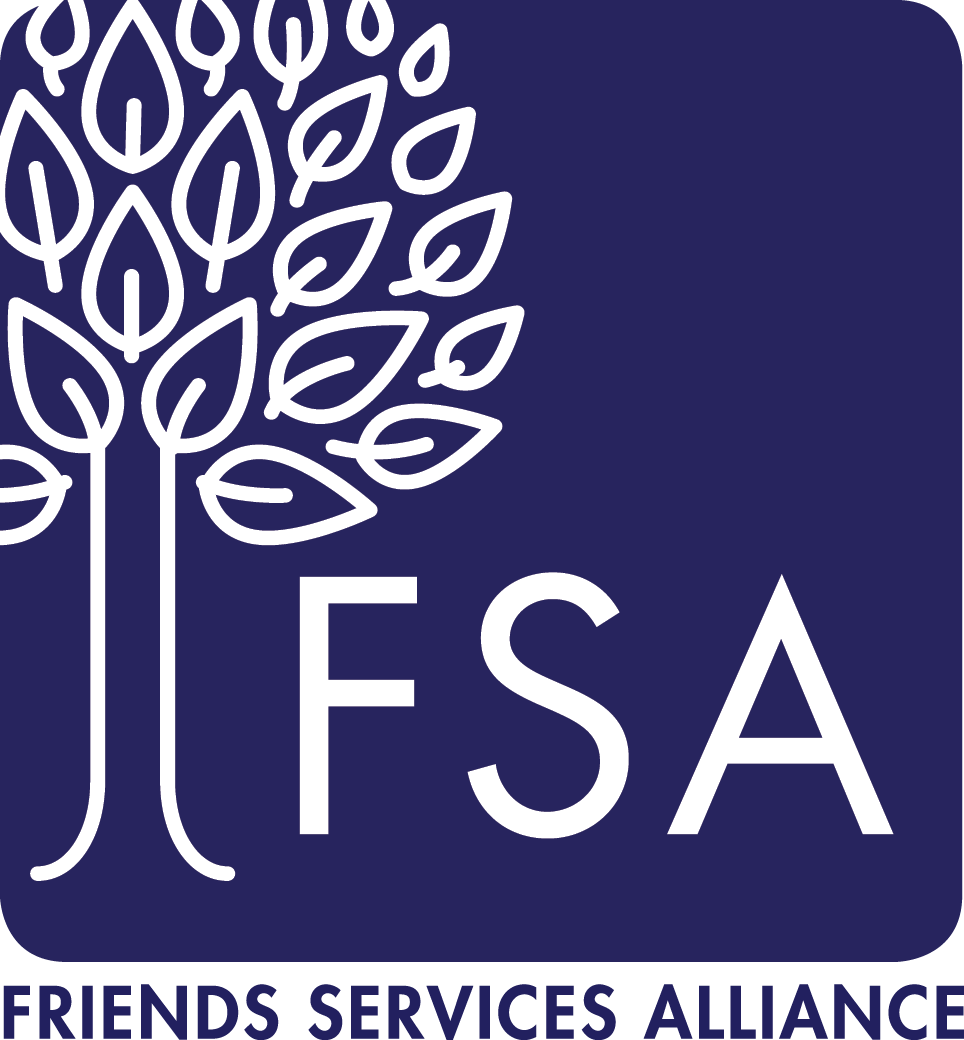On June 21, 2021, the Occupational Safety & Health Administration (OSHA) published an Emergency Temporary Standard (ETS) aimed at protecting healthcare workers from exposure to Covid-19. Every month since releasing the ETS, OSHA re-evaluates its efficacy and legitimacy.
And every month, OSHA has concluded that requirements under the ETS “remain necessary to address the grave danger of COVID-19 in healthcare.”
In response, Compliance Officers and Officials need to remain vigilant. This means:
- Ensuring your organization’s written Covid-19 safety plan addresses potential hazards. This checklist from OSHA can help.
- Continuously checking in with managers to ensure they’re aware of:
- Covid-19 hazards specific to their area
- Medical removal and return-to-work guidelines for exposed and Covid-positive employees
- Employees’ rights under the temporary standard, which include receiving adequate training, provision of proper PPE, and protection from retaliation and from adverse employment actions resulting from the need to quarantine
- Making sure staff are aware of their rights under OSHA’s ETS. (See this OSHA Fact Sheet.)
ETS Inspection and Enforcement
Full compliance with the ETS, including training, ventilation and physical barrier requirements, was expected by July 31, 2021. The ETS will last six months from publication unless OSHA issues a final standard.
According to legal insight group JD Supra, OSHA is prioritizing inspecting workplace-related Covid-19 fatalities, followed by allegations related to employee exposure to Covid-19 hazards.
Covid-19 ETS Violations and Penalties
Click here for ETS Violations and Penalties.
OSHA’s directive Inspection Procedures for the Covid-19 ETS includes further details of enforcement activities.
Evaluate your Covid-19 safety plan
The ETS requires that healthcare employers conduct a workplace-specific hazard assessment to identify risks and develop a written Covid-19 safety plan with policies and procedures to mitigate those hazards.
The plan must also address the ETS’s key requirements:
Screen and manage residents and non-employees
- Limit and monitor the number of entrances to areas where direct resident care is provided.
- Screen residents and non-employees (e.g., delivery people) entering at those points.
- Implement resident management strategies set forth by CDC’s Covid-19 Infection Prevention and Control Recommendations.
Implement standard and transmission-based precautions
- Follow standard and transmission-based precautions recommended by CDC’s Guidelines for Isolation Precautions.
Provide and require facemasks, respirators and other PPE
- Facemasks that cover the mouth and nose must be provided for employees and changed at least once per day.
- Face shields, if used, must be clean and undamaged.
- Respirators and other PPE: Employees who will be exposed to a person with suspected or confirmed Covid-19 must wear respirator, gloves, isolation gown or other protective clothing and eye protection and comply with OSHA’s Respiratory Protection Standard.
Follow safety measures for aerosol-generating procedures
When an aerosol-generated procedure is necessary for a resident with confirmed or suspected Covid-19:
- Limit to essential employees.
- Use an existing airborne infection isolation room, if available.
- Clean and disinfect surfaces and equipment after the procedure is performed.
Ensure physical distancing
- Ensure employees are separated by at least 6 feet indoors, or as far apart as feasible.
Install physical barriers
- Install cleanable or disposable barriers in fixed work locations (non-patient care areas) where employees cannot be separated by at least 6 feet.
Clean and disinfect according to CDC guidelines
- In patient care areas and resident rooms, follow CDC’s Covid-19 Infection Prevention and Control Recommendations and CDC’s Guidelines for Environmental Infection Control.
- In all other areas, clean high-touch areas at least once per day following manufacturer’s recommendations.
- When a Covid-positive person has been in the facility, follow cleaning and disinfecting guidance from CDC in all areas likely to be contaminated
- Provide hand sanitizer that’s at least 60% alcohol, or handwashing stations.
Ensure proper ventilation
- Use HVAC systems in accordance with manufacturer’s directions; use air filters with a MERV rating of 13 or higher, or the highest compatible with the system.
- Consider other ways to improve ventilation (e.g., opening windows) outlined in CDC’s Ventilation Guidance.
Perform employee health screening and medical management
- Screen employees before each shift or workday.
- Require employees to notify when they’ve tested positive for or suspect they’re positive for Covid-19 or have certain symptoms.
- Follow requirements for notifying employees of exposure to a colleague who tests positive for Covid-19.
Adhere to medical removal and return-to-work requirements
- Immediately remove Covid-19 positive and exposed employees until they meet return-to-work criteria.
- Exemptions include: exposed individuals who are asymptomatic AND fully vaccinated OR have had and recovered from Covid-19 within the past three months.
- Provide PCR testing at no cost.
- Provide medical removal benefits as outlined in the ETS.
- Base return-to-work decisions on guidance from a licensed healthcare provider or CDC’s Isolation Guidance and CDC’s Return to Work Healthcare Guidance.
Make sure employees get time off for vaccination
- Provide reasonable time and paid leave for vaccinations and vaccine side effects.
Train staff on Covid-19 risks and related policies
- Provide interactive training at a literacy level and in a language that employees will understand, covering Covid-19 transmission risks and all policies and procedures related to Covid-19 safety.
Protect workers from retaliation
- Employers are prohibited from discharging or discriminating against employees who exercise their rights under the ETS, or for actions they take in accordance with the ETS.
- OSHA can issue citations even if no employee has filed a traditional complaint within 30 days of the retaliation.
Meet all elements of the Covid-19 ETS at no cost to employees
- Employees cannot be charged for any aspect of compliance with the Covid-19 ETS.
Maintain Covid-19 records
- Establish and maintain a log of all employees infected with Covid-19, regardless of whether it resulted from workplace exposure (in addition to the OSHA 300 log).
Report hospitalizations and fatalities to OSHA
In addition to maintaining the Covid-19 log, employers must report to OSHA:
- A work-related Covid-19 fatality within 8 hours of learning about it
- A work-related Covid-19 inpatient hospitalization within 24 hours of learning about it.
Follow Mini-Respiratory Protection Program requirements
The Mini Respiratory Protection Program applies when the use of a facemask (but not a respirator) is required, but the employer permits the employee to use their own respirator or provides respirators for employee use instead of facemasks.
This isn’t easy. FSA can help.
It’s been nearly two years since the first case of novel coronavirus was detected. Despite everything we’ve learned about the virus and how to limit its spread, we’re still living with the pandemic.
Things haven’t been easy (to make a glaring understatement!). But together, we’ve got this. Turn to FSA for additional risk management and compliance support, including our quarterly compliance education packets, which are available to FSA program participants. Not a participant? Learn more here.
Friends Services Alliance (FSA) is a national professional association of values-aligned organizations that serve seniors. Our support services include a team of Compliance and Risk Management experts who have supported organizations in developing and maintaining effective Compliance and Ethics Programs for over 20 years.




